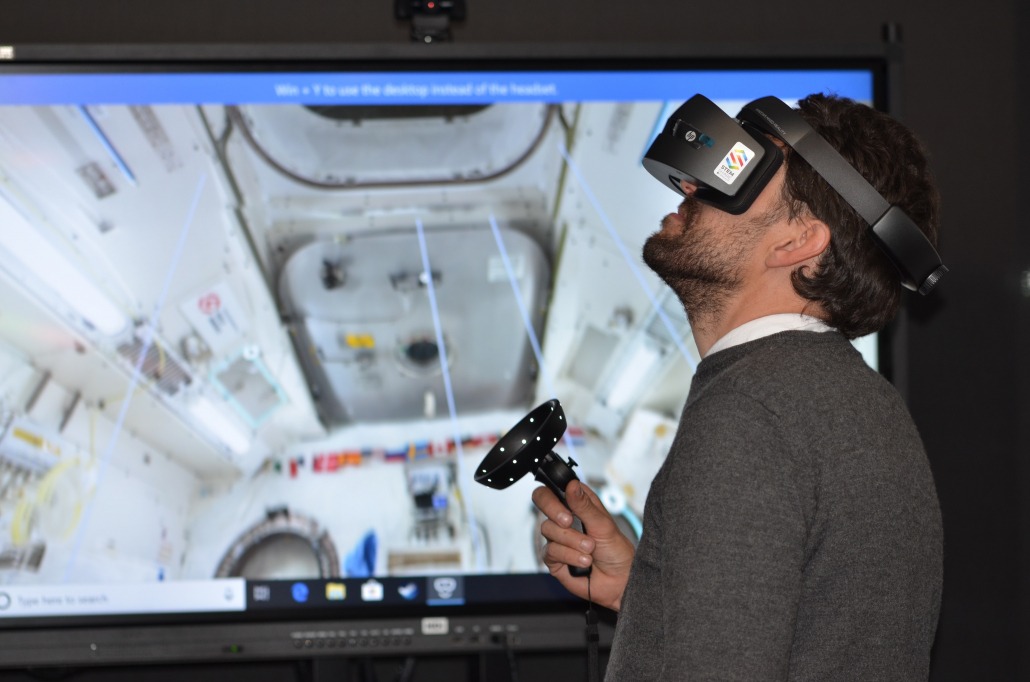In our current day and age, there are so many new advancements that in the past, we could only dream about. We have robots that can drive themselves, self-repairing roads, and even the ability to travel to Paris, all from the comfort of your home. It is the last part that is of interest to us today. With the numerous advancements in the field of virtual reality, we continue to see changes that impress.
With just a headset and sometimes a smartphone, you can express environments you have never been to without having to leave your home. While VR has managed to impress so many, you can expect it is still evolving. In today’s article, we will be covering 5 of the future advancements to expect in Virtual reality technology.
5 Future Advancements to Expect in Virtual Reality Technology

If you are just getting into virtual reality or you have some experience, you might be interested to know where the field is going. Here are 5 future advancements that experts predict we will see in virtual reality technology:
Much better visual quality in VR environments
There are not that many improvements to virtual reality that would be more welcomed than improvements in visuals. The experience we get with our eyes can offer truly memorable events. Right now, much work is being done to improve the visual quality of VR environments.
The resolution is being increased for more detail, and the depth of focus is seeing advancements being made. With the amount of money and time being invested, the result is that we can expect much better visual quality shortly. Perhaps we will reach the point where virtual reality would be indistinguishable from real life.
Broader acceptance in multiple industries
When virtual reality was first introduced, not that many people were interested in it. It was hard to get the equipment, and at the time, it wasn’t as advanced as it is today. However, these days there has been a shift in acceptance among people. Due to the pandemic, people have had to socialize less. As a result, some companies looking to provide their customers with a more authentic and realistic experience have chosen to use virtual reality technology.
In the oil and gas industry, engineers are also able to diagnose errors and faults without having to be there in person. Students can now visit and see what an industry location looks like, without fearing for their safety. These are just a few of the industries that currently leverage virtual reality, and it can be safe to say more will join soon. If your research is based on virtual reality, and you’re struggling to get it done, you could pay for a research paper, which will at least buy you the time to learn more about the subject.
More powerful and realistic experiences
With advancements in processing power being introduced even today, there is a general belief in the virtual reality community, that in the not-so-far future, you can expect to see more realistic experiences being enjoyed by users of VR equipment. Processor chips are getting double their processing power and small size as well. The implication of this is that more powerful chips will soon be placed on our everyday VR headsets. Soon, you should expect to play 8K resolution games without having to worry about lag or distorted images.
No more need for gloves and controllers
Currently, there is so much you have to do with a controller, but it is still limited. For instance, shrugging your shoulder might seem smooth and natural to you, but it would require multiple commands to do the same in a virtual reality environment. Recently there has been a drive to implement hand-tracking when it comes to virtual reality environments. This would give users the freedom to implement various tasks with ease. Also, as stated in the previous point, it would help present a more realistic experience for all concerned. You could expect to see more real-world movements from virtual Avatars.
Lower prices
As the demand for virtual reality technology continues to increase, more money has been introduced into the field. The support from everyday people to even governments has also meant the price of VR equipment keeps going down. Right now, you can get an Oculus Quest VR headset for about $300, but you can expect this to drop soon—just the same way the first mobile phones were really expensive, but can now be gotten for as low as $100.
It should be noted that lower prices might also come with fewer features. Coming back to the phone example given earlier, while $100 phones exist today, they can’t be compared to the $1000 mobile phones and tablets. However, lower prices will still mean more accessibility, which can be important in certain sectors such as education and health care.
Research is being done to use more cost-effective material and thus reduce prices, so we can look forward with hope. If you’re a college student with not enough time on your hands to learn about virtual reality, you might want to use SupremeDissertations online writing services to help with your dissertations and other forms of writing.
Conclusion
It can be safe to say that the future of virtual reality still has more in store for you. We have simply begun to scratch the surface when it comes to the potential virtual reality has, and with time we can expect even more amazing things than what was discussed today. Hopefully, this article has provided you with useful information that might encourage you to learn more about virtual reality, and perhaps contribute to some of its future advancements.
Author’s Bio
Donald Fomby is a computer programmer and freelance writer. He has a strong passion for virtual reality environments and has been involved in projects revolving around building impressive VR systems. Donald enjoys helping people which is why he always finds time to share useful tips and information through his articles.

